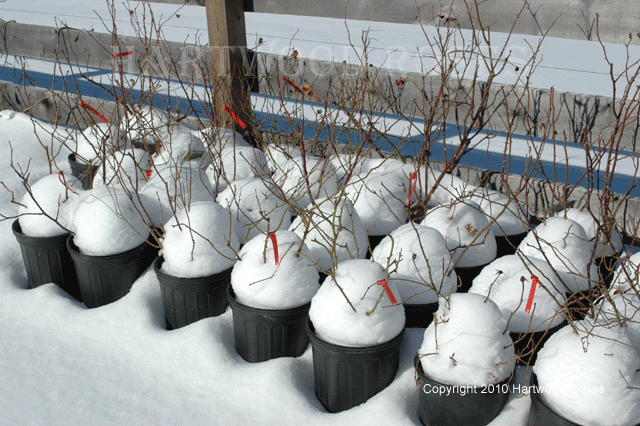Since it's winter, and the weather has been cold and wet, I haven't spent any time working outside ... and there's really nothing garden-related to update. The roses are sleeping, the deer are eating them, and I'm itching to get out there and start pruning.
This house has 5 full bathrooms ... three on the top floor and one on the main floor (built in the 1960's), and one in the basement (which was built in the late 1920's or early 1930's as a small one-story addition.) All of the bathrooms need to be renovated. We started on the basement bathroom this weekend.
Here is what it looked like before we started.
The absolute only thing in this room worth saving is the floor ... which is quite sound and completely fabulous. Everything else in the room is being replaced.
I know there are some of you who are gasping in horror at the idea that we are removing a claw foot tub. This tub is not original to the bathroom (it was added by the previous owner), and I plan to build really cool old-school cabinetry in the space it occupies to provide some much-needed storage.
It was quite satisfying to put the hammer to the walls and rip out the old, water-damaged sheetrock. We discovered that this space had been remodeled somewhat during the construction of the 1960's addition to the house. See that electrical box in the wall? We found that the wires were already cut off, so there was no danger. (We find all sorts of scary things whenever we open up walls around here.)
Once the sheetrock on the walls was removed, it was time to disconnect and remove the pedestal sink. The top of the sink is porcelain cast iron, with the finish worn through in spots from years and years of dripping faucets. The base is ceramic, and it has packaging tape wrapped around it to repair a crack.
The window looks out into the garage, which was built around the bathroom during the 1960's construction. We're not sure yet whether we are keeping the window or removing it. If we remove it, I'll have more room to build a better cabinet ... but we'll lose what little natural light we have in this part of the basement.
The radiator pipes ran outside the wall. After heating season is over, we can shut down the boiler and re-run the pipes inside the wall ... and renovate the radiator at the same time. The clawfoot tub is full of insulation from the ceiling.
The 1960's copper drain across the ceiling joins the 1930's cast iron drain stack. The radiator pipes are the ones that run across the wall and down the left side. The framing on this wall is made of all sorts of left over pieces of lumber, and it's not even attached to the floor or the ceiling. We'll take all this out and reframe it correctly.
We're getting the old plumbing and electric out of the way. The galvanized sink drain will stay. The old galvanized supply pipes aren't being used, but they can stay and be buried in the wall again.
*********************************************
This is the medicine cabinet that we're going to use. I got it at a junk shop years ago, and I've been holding onto it until I had just the right place for it. (It has a beveled mirror in the door, which I had already removed when I took this photo.)
While the husband was playing Captain Destructo demolishing the bathroom itself, I set to work removing the million layers of yucky paint on the medicine cabinet.
If you're working on a project and you're tempted to paint over the hardware .... DON'T DO IT!
My heat gun and a putty knife make quick work of removing the bulk of the paint. I'll come back and use a carbide scraper to smooth things out ... as soon as I remember where I put it.
Someone put a glass knob through the keyhold in the escutcheon. ???
We tried everything we could think of, but we couldn't get the nut holding the knob to budge. The husband broke out the trusty dremel tool, and cut the nut off ... with eye protection, of course.
******************************************
Let me show you some of the inspiration that I'm using in my design for this bathroom. Keep in mind that it's in the basement, right inside the back door, so I'm allowing it to have a bit more utilitarian feel to it.
This is my inspiration for the cabinet that I'll build in place of the clawfoot tub ... mine won't have any glass, and it will probably have four doors instead of two, and no drawers. (I don't remember where I got this photo ... if it's yours, please let me know and I'll give credit)
I really want a sink like this, set into a wooden top on a painted vanity that coordinates with the built-in cabinet. I will check with the salvage yards in the area to see if they have one in good condition.
I don't know what colors to use in this bathroom. Whatever we use has to coordinate with the beige and black basketweave floor and the white fixtures. I need two colors: one for the walls and one for the cabinetry. Right now, I'm thinking that the walls will be some sort of beige (a historic first for me) and the cabinetry will be black ... but I'm not really excited about this.
Do you have any suggestions?
.






























































